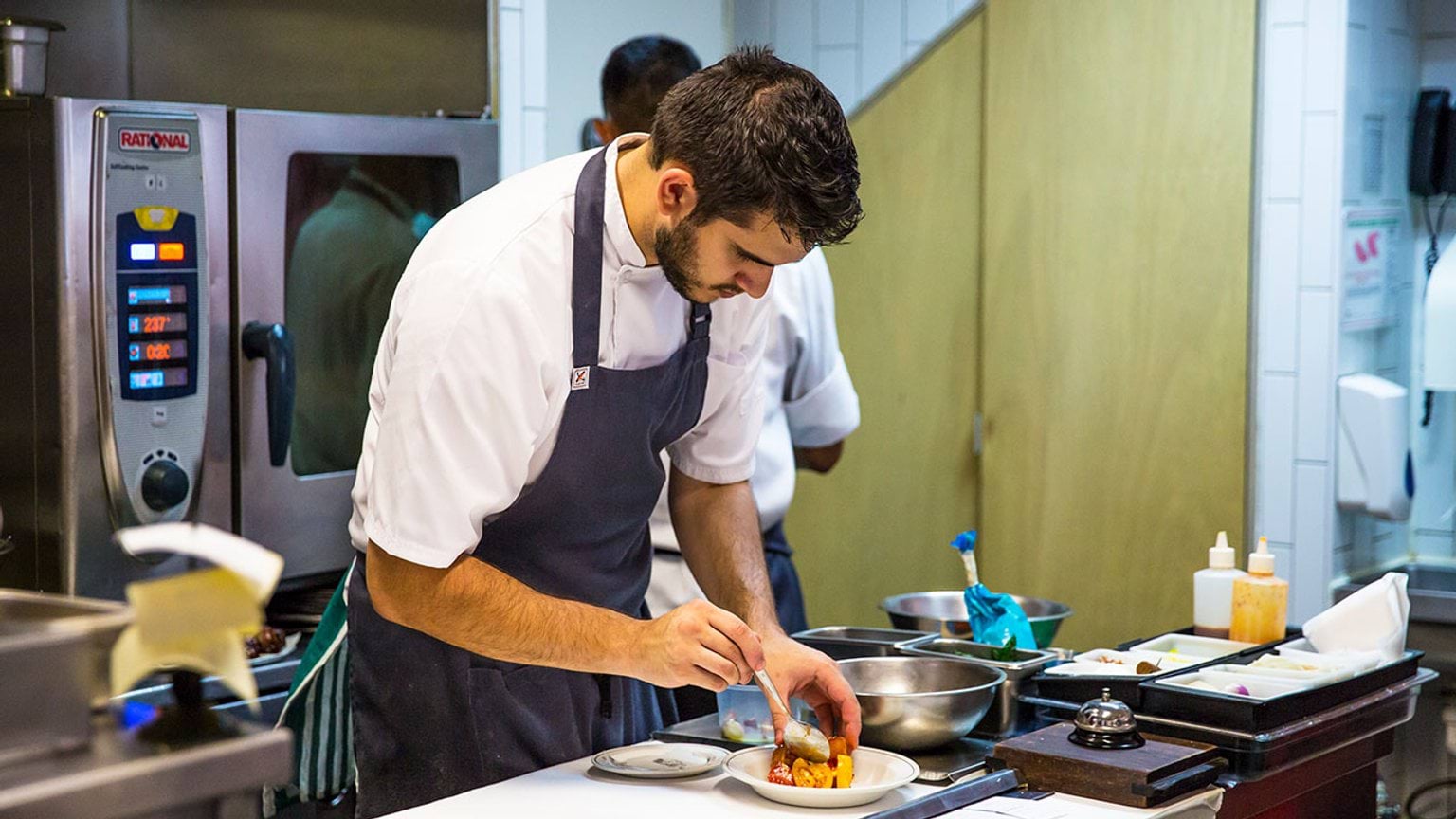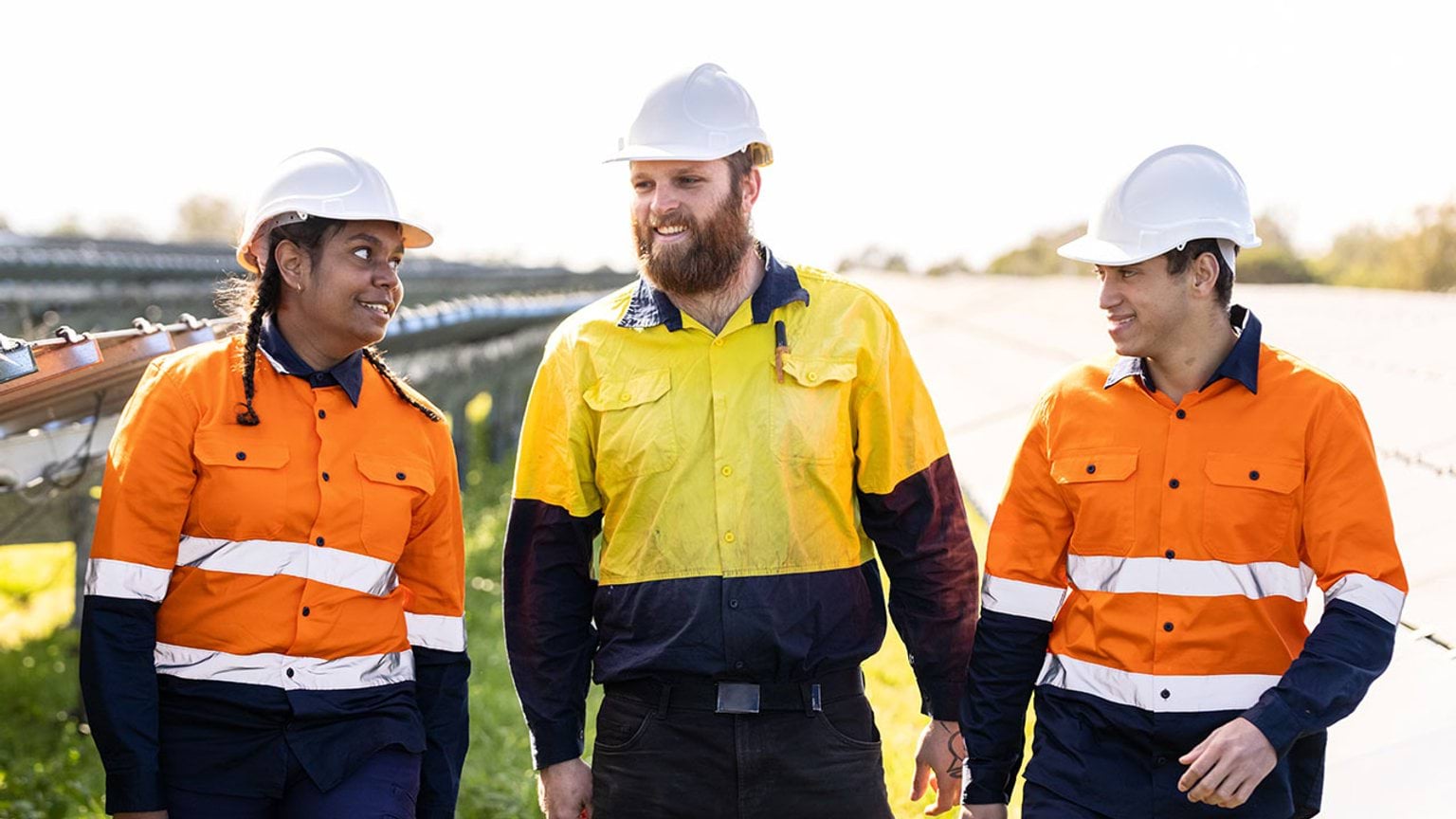Food and drink factory workers help produce and package food and beverage products. Victorians are increasingly food savvy. This industry is growing and needs more workers.
Find out what a food and drink factory worker does and the related Vocational Education and Training (VET) courses and pathways you can take to secure a job.
What is a food and drink factory worker?
Food and drink factory workers produce and package food in an industrial setting. In this job you may work different hours of the day or night, which may be on a rotating basis. You might clean and sterilise work areas, mix ingredients, package and bottle products, and operate machines.
This is a good job for people who are organised, practical and delivery-focused.
Find out more about food and drink factory workers(opens in a new window) and these related jobs on the Victorian Skills Gateway(opens in a new window):
- baker(opens in a new window)
- bar attendant(opens in a new window)
- barista(opens in a new window)
- butcher or smallgoods maker(opens in a new window)
- chef(opens in a new window)
- dairy products maker(opens in a new window)
- environmental health officer(opens in a new window)
- factory process worker(opens in a new window)
- fast food cook(opens in a new window)
- meat process worker(opens in a new window).
Related training courses
Explore these related TAFE and training courses on the Victorian Skills Gateway(opens in a new window):
- food processing(opens in a new window)
- food science(opens in a new window)
- meat processing(opens in a new window).
You may be eligible for government funding to help pay for your course.
Median salary
The median weekly earnings for food and drink factory workers in Australia is $1,379.
Source: Jobs and Skills Australia(opens in a new window)
Note this salary is current as of January 2025 and is indicative only. A range of salaries apply to different roles across the industry.
Job demand in Victoria
Below are the projected employment forecasts for food and drink factory worker jobs in Victoria. Figures show the number of workers in 2024 and the new workers expected to enter the workforce by 2027 and 2034.
‘New workers expected’ accounts for workers adding new jobs to the economy and replacing retirees over the next 3 and 10 years. These projections are estimates only. There will be additional jobs available as people move between jobs and industries.
| Region | Workers 2024 | New workers expected by 2027 | New workers expected by 2034 |
|---|---|---|---|
| Victoria | 13,921 | 876 | 4,625 |
| Melbourne – inner metropolitan | 586 | 54 | 233 |
| Melbourne – inner south-east metropolitan | 265 | 14 | 81 |
| Melbourne – southern metropolitan | 2,322 | 113 | 764 |
| Melbourne – northern metropolitan | 2,052 | 127 | 812 |
| Melbourne – eastern metropolitan | 1,648 | 54 | 468 |
| Melbourne – western metropolitan | 1,740 | 178 | 878 |
| Ballarat and surrounds (Central Highlands) | 633 | 52 | 198 |
| Bendigo, Echuca and surrounds (Loddon Campaspe) | 896 | 52 | 248 |
| Geelong, Colac and surrounds (Barwon) | 470 | 31 | 138 |
| Gippsland | 826 | 34 | 227 |
| Horsham and surrounds (Wimmera Southern Mallee) | 102 | <10 | 22 |
| Mildura, Swan Hill and surrounds (Mallee) | 246 | 14 | 54 |
| Shepparton, Seymour and surrounds (Goulburn) | 989 | 61 | 241 |
| Wangaratta, Wodonga and surrounds (Ovens Murray) | 647 | 52 | 159 |
| Warrnambool, Hamilton and surrounds (Great South Coast) | 500 | 35 | 101 |
Source: Victorian Skills Authority Employment Projections Dashboard
Resources to plan your next steps
Visit our manufacturing industry profile to find out about:
- what it’s like to work in manufacturing, and some of the jobs you could do
- training and skills to work in the industry, and financial assistance to help pay for your course
- help getting a job in manufacturing, and industry job projections for Victoria
- other free resources and advice to plan your training and career.
Explore growing industries in your region
Updated



